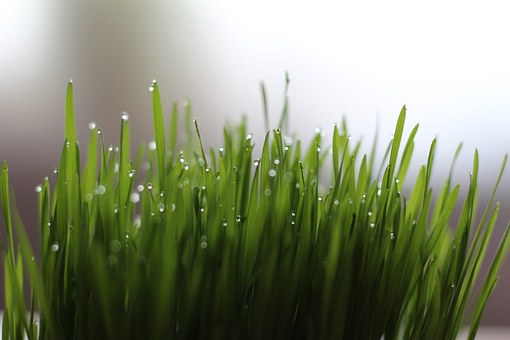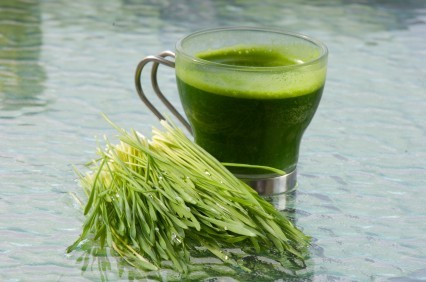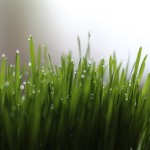We use cookies to make your experience better. To comply with the new e-Privacy directive, we need to ask for your consent to set the cookies. Learn more.
How To Grow Wheatgrass

How To Grow Wheatgrass
Wheatgrass is the young plant of winter wheat seeds, the leaves are cut after 10-14 days and juiced. Packed full of vitamins, minerals and enzymes, wheatgrass juice is a great addition to the diet of those looking to create a healthy lifestyle. It's also easy to grow at home, here are some simple instructions to get you started.
What You Will Need
- Seed Trays
- Quality Compost
- Wheatgrass Seeds
- Clean Cloth or Newspaper
- Spray Bottle/Mister
- Sharp Clean Scissors
- Juicer
- Optional Grow Light
Instructions
- Weigh out the seed quantity required. 3-4 seeds per cm2 is the minimum to get good dense growth. Our standard seed trays have dimensions of 37cm x 23cm and require approx 100g of wheat seeds per sowing.
- Fill a seed tray with 2–3cms of quality (ideally organic peat free) compost.
- Spread the wheat seeds over the soil – about 3-4 seeds per cm2. The seeds should be touching each other but not overlapping.
- Water the seeds and compost well, but don't oversoak.
- Cover the tray with a clean cloth or sheet of newspaper and spray to moisten.
- Keep the trays covered and at about 20°C.
- Mist cloth/newspaper regularly so it doesn't dry out. Seeds should germinate in 2-3 days.
- Once germinated, remove cover and move tray into a spot with bright light and good ventilation. Keep watering as needed.
- After 7 – 10 days ( summer) or 10 – 14 days ( winter) the wheat will be tall enough (15 – 20cm) for harvesting.
- Use scissors to harvest the grass by clipping it just above the root. Cut only as much as you need, you should get about five shots from one tray.
- Once the tray is finished; the remaining stalks, roots and compost can be put on the compost heap. Whilst you can get a second crop this is never as sweet as the first.
- Cut grass can can be stored in the fridge for up to a week but once juiced it should be used immediately. You can also juice a larger batch and freeze in ice cube trays.
Note: Do not over water as this will encourage mold growth. Make sure that there is good air circulation.
How To Use
Wheatgrass is very fibrous so needs to be juiced to make it consumable for humans. You can juice the freshly harvested wheatgrass with a masticating juicer. Masticating juicers are ideal for juicing leafy greens, they operate at a slower speed and don't heat up which helps retain more nutrients. We have both manual and electric juicers available.
Wheatgrass can be taken as a shot, added to juices or smoothies or used in salad dressings.
Make sure to ease into a wheatgrass routine, by starting with 1/2 - 1 ounce per day and gradually increase to up to 2 ounces per day. Wheatgrass should always be consumed on an empty stomach or with other fruits and vegetables. It should never be consumed after a meal, as it may make you feel nauseated.

Nutritional Benefits of Wheatgrass
Wheatgrass is made up of 70% Chlorophyll, it's an excellent source of vitamin A, vitamin C, and vitamin E. It contains 98 of 102 earth elements found in soil, including phosphorus, calcium, iron, magnesium, and potassium as well the 8 essential amino acids. Wheatgrass is claimed to have many health benefits including; improving immunity, boosting metabolism, alleviating inflammation and aiding in blood sugar regulation.
If you'd like to learn more this green 'super food' check out The Wheatgrass Book by Ann Wigmore.

